Home>Interior Design>What Are The Best Colors For North-facing Rooms
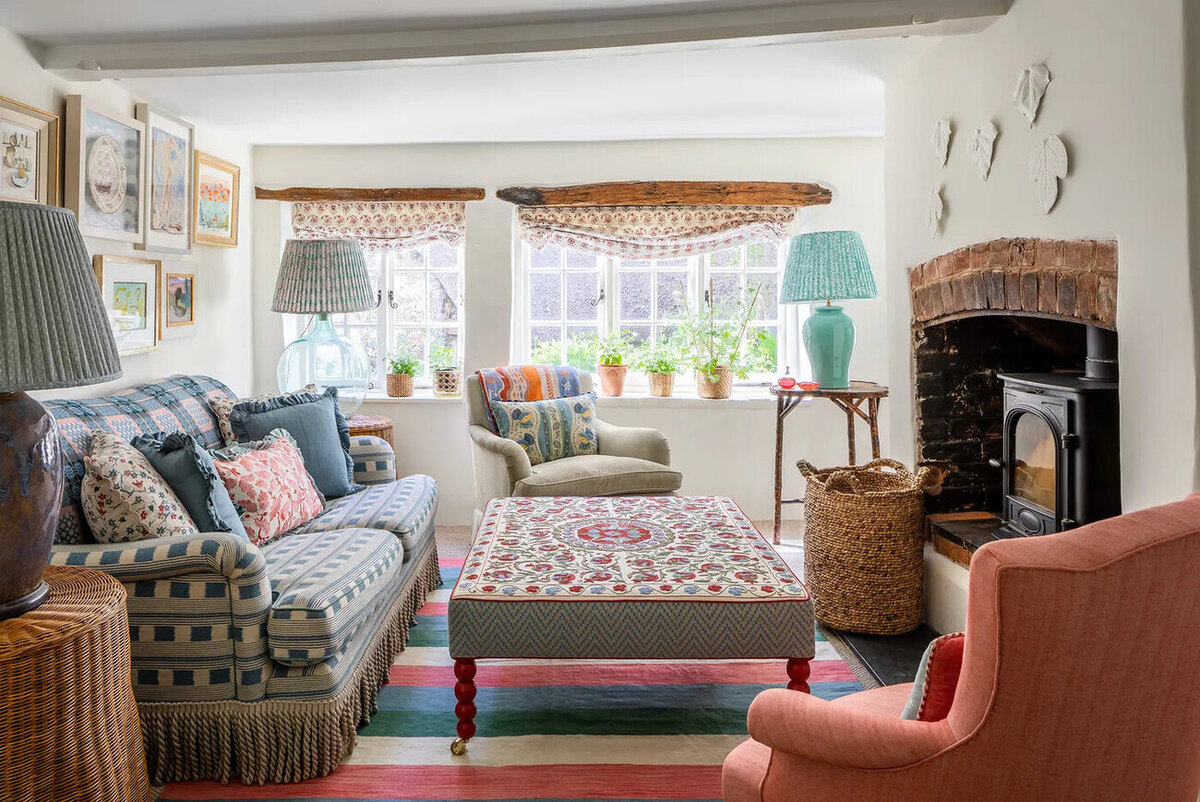

Interior Design
What Are The Best Colors For North-facing Rooms
Modified: January 19, 2024
Discover the best colors for interior design in north-facing rooms. Transform your space with carefully selected hues that maximize natural light and create a warm, inviting ambiance.
(Many of the links in this article redirect to a specific reviewed product. Your purchase of these products through affiliate links helps to generate commission for Storables.com, at no extra cost. Learn more)
Introduction
Welcome to the world of interior design, where colors hold the power to transform spaces and evoke emotions. One crucial aspect of creating a harmonious and appealing room is choosing the right colors. When it comes to north-facing rooms, the selection becomes even more critical as the natural light that enters these spaces can be quite different compared to other directions.
North-facing rooms typically receive cooler and softer light throughout the day due to their orientation. This unique lighting condition can make the colors on the walls and furniture appear differently compared to rooms facing other directions. Therefore, it is essential to understand how to work with these rooms to make them feel warm, inviting, and well-illuminated.
Choosing the right colors for north-facing rooms is not only about personal preference but also about creating a space that feels balanced and comfortable. The colors you select can impact the mood, atmosphere, and overall aesthetic of the room. By understanding the characteristics of north-facing rooms and considering various factors, you can make informed decisions when it comes to color choices.
In this article, we will delve into the importance of choosing the right colors for north-facing rooms and explore some of the best colors that work well in these spaces. We will also discuss the colors to avoid to ensure a well-designed and visually pleasing room.
So, whether you are redesigning your living room, bedroom, or any other space that faces north, read on to discover the secrets of choosing the perfect colors to create a space that feels bright, cozy, and tailored to your taste.
Key Takeaways:
- Choose cool neutrals, soft blues, pale greens, light grays, and warm whites for north-facing rooms to counterbalance the cooler natural light and create a harmonious, inviting, and well-illuminated space.
- Avoid deep or dark colors, bright and intense colors, cool whites with blue or gray undertones, and strong yellow tones in north-facing rooms to prevent the space from feeling dim, unbalanced, or visually overwhelming.
Understanding North-Facing Rooms
Before we delve into the world of colors for north-facing rooms, it’s crucial to understand the unique characteristics and challenges that these spaces present. North-facing rooms are positioned in such a way that they receive limited direct sunlight throughout the day. This orientation results in a cooler and softer quality of light entering the room. The absence of warm, direct sunlight can make these spaces feel slightly dimmer compared to rooms facing other directions.
Additionally, the type of natural light that enters north-facing rooms can vary depending on the geographical location and surrounding environment. For example, rooms in urban areas may be exposed to reflected light from nearby buildings and streets, while rooms in suburban or rural settings may have less obstructed access to natural light sources, such as open landscapes and skies.
Understanding the nature of light in north-facing rooms is crucial because it directly affects the way colors are perceived. Without sufficient natural light, colors may appear muted, cooler, and less vibrant. Therefore, it becomes essential to choose colors that enhance the overall illumination and create a sense of warmth and brightness within these spaces.
It’s important to note that while north-facing rooms present unique challenges, they also have their advantages. The softer, cooler light can create a calming and serene ambiance perfect for creating a cozy retreat or a relaxing space. By leveraging the inherent characteristics of north-facing rooms, you can design a room that feels inviting and soothing.
Now that we have a better understanding of north-facing rooms let’s explore why choosing the right colors for these spaces is of paramount importance.
Importance of Choosing the Right Colors
The colors we choose for our interior spaces have a profound impact on the overall look and feel of a room. They can create different moods and emotions, and even affect our psychological well-being. In the case of north-facing rooms, where the natural light is cooler and softer, the choice of colors becomes even more significant.
Choosing the right colors for north-facing rooms can help address the challenge of limited natural light and create a space that feels warm, bright, and inviting. Well-chosen colors can compensate for the lack of sunshine and make the room feel more vibrant and illuminated. They can also enhance the perceived size of the room and create a sense of harmony.
Colors have the power to influence our emotions and set the tone for a space. Warm colors, like yellows, oranges, and reds, can create a cozy and energetic atmosphere. Conversely, cool colors, such as blues and greens, can evoke a sense of tranquility and serenity. By understanding the impact of different color palettes, you can select colors that align with the ambiance you want to create in your north-facing room.
Another important aspect to consider when choosing colors for north-facing rooms is the phenomenon of color temperature. Colors can be classified into warm or cool tones based on their undertones. Warm colors have undertones of reds, yellows, and oranges, while cool colors have undertones of blues, greens, and purples. By selecting colors with warmer undertones, you can counterbalance the coolness of the natural light in north-facing rooms, creating a more inviting and balanced space.
Furthermore, the right colors can also enhance the existing design elements in the room. They can complement the furniture, accessories, and architectural features, creating a cohesive and visually appealing look. By choosing colors that harmonize with the overall aesthetic of the room, you can create a well-designed and polished space.
Overall, the importance of choosing the right colors for north-facing rooms cannot be overstated. The right color palette can transform a dull and dim room into a bright and inviting haven. By harnessing the power of colors, you can create a space that not only looks visually appealing but also feels comfortable and uplifting.
Factors to Consider
When selecting colors for north-facing rooms, several factors need to be taken into consideration. These factors will guide you toward the most suitable colors that will enhance the space and make it feel bright and inviting.
- Natural Light: Understand the quality and quantity of natural light in the room. Note the times of day when the room receives the most or least amount of natural light. This will help you gauge how colors will appear throughout the day and make informed choices.
- Room Size: Consider the size of the room. If the room is small, light colors can help create a sense of spaciousness. In contrast, darker colors can add depth and richness to larger rooms.
- Architectural Features: Take into account any architectural features in the room, such as exposed brick walls, decorative moldings, or unique structural elements. Colors that complement or highlight these features can add character and visual interest to the space.
- Function of the Room: Consider the purpose of the room. Is it a bedroom, living room, or home office? Different colors can evoke different moods and emotions, so choose colors that align with the intended function of the space. For example, calming blues and greens may be suitable for a bedroom, while energizing yellows and oranges may work well in a home office.
- Existing Furniture and Decor: Take into account the colors and style of the existing furniture and decor in the room. Colors should complement and harmonize with these elements to create a cohesive and visually pleasing look.
- Personal Preference: Ultimately, consider your own personal preferences and the atmosphere you want to create in the room. Colors should reflect your unique style and create a space that you feel comfortable and happy in.
By considering these factors, you can narrow down the choices and confidently select colors that will enhance the beauty and functionality of your north-facing room.
Best Colors for North-Facing Rooms
When it comes to selecting colors for north-facing rooms, it’s important to choose shades that add warmth and brightness to counterbalance the coolness of the natural light. Here are some of the best colors that work well in north-facing rooms:
- Cool Neutrals: Opt for cool neutral shades like light grays, greiges (a mix of gray and beige), and taupes. These colors have cool undertones that complement the coolness of the natural light in north-facing rooms. They create a calming and serene atmosphere while adding a touch of sophistication to the space.
- Soft Blues: Pale blues, such as sky blue or powder blue, can bring a sense of tranquility and serenity to north-facing rooms. These shades mimic the coolness of the natural light and create a soothing ambiance, perfect for bedrooms or spaces dedicated to relaxation.
- Pale Greens: Light greens, such as mint or sage, can add a breath of fresh air to north-facing rooms. These shades bring a touch of nature indoors and create a refreshing and invigorating atmosphere. They work well in living rooms, kitchens, or offices.
- Light Grays: Light shades of gray can create a sophisticated and timeless look in north-facing rooms. Gray has the unique ability to adapt to different lighting conditions, making it a versatile color choice. It pairs well with a variety of accent colors and creates a neutral backdrop that allows other elements in the room to shine.
- Warm Whites: Choose warm white shades with creamy or beige undertones rather than stark whites. These colors add warmth and brightness to north-facing rooms, making them feel cozy and welcoming. Warm whites also create a clean and fresh look without feeling sterile.
These colors not only enhance the illumination of north-facing rooms but also create a sense of harmony and balance. They work well with the natural light, making the room feel brighter and more inviting.
Remember, colors can appear differently based on the specific lighting conditions in your room, so always test paint samples on the walls before making a final decision. This will allow you to observe how the colors interact with the natural light and help you choose the perfect shade.
Now that we’ve explored some of the best colors for north-facing rooms, let’s discuss the colors you should avoid in these spaces.
Cool Neutrals
Cool neutrals are a versatile and sophisticated choice for north-facing rooms. These colors have cool undertones that complement the cooler natural light in these spaces, creating a harmonious and balanced look. Here are some cool neutral shades that work well in north-facing rooms:
- Light Grays: Light gray shades, such as dove gray or silver gray, can add a touch of elegance and serenity to a north-facing room. They create a neutral backdrop that allows other colors or decor elements to stand out while maintaining a sense of calmness.
- Greiges: Greige is a popular choice for contemporary interiors. It is a blend of gray and beige, combining the coolness of gray with the warmth of beige. Greige shades like taupe or mushroom can add depth and warmth to north-facing rooms, creating a cozy and inviting atmosphere.
- Taupes: Taupes are another excellent option for north-facing rooms. These soft, brownish-gray shades can bring a sense of sophistication and warmth to the space. Lighter taupe shades work well in smaller rooms, while darker taupes can add richness and depth to larger rooms.
Cool neutral colors provide a timeless and stylish look in north-facing rooms. They offer a neutral base that can easily be paired with other colors or accent pieces, allowing you to change the room’s look and feel without repainting the walls. These colors also pair well with a variety of furnishing styles, making them a versatile choice for any decor aesthetic.
When using cool neutrals in north-facing rooms, consider incorporating different textures, patterns, and pops of color to add visual interest. This can prevent the room from feeling too monotonous and create a dynamic and inviting space.
Remember, it’s important to test paint samples on the walls before making a final decision. Lighting conditions and personal preference can greatly influence how the colors appear in your specific room. By experimenting with different shades, you can find the perfect cool neutral color that enhances the overall look and feel of your north-facing room.
Consider using warm and light colors like soft yellows, creamy whites, and light grays to brighten up a north-facing room. These colors can help create a cozy and inviting atmosphere, counteracting the lack of natural light.
Soft Blues
Soft blues are a serene and calming choice for north-facing rooms. These light shades of blue mimic the coolness of the natural light, creating a soothing and tranquil atmosphere. Here are some reasons why soft blues are a great option for north-facing rooms:
- Tranquility: Soft blues, such as sky blue or powder blue, have a calming effect on the mind and body. They invoke a sense of tranquility and relaxation, making them perfect for bedrooms, bathrooms, or any space where you want to create a serene ambiance.
- Brightness: Light shades of blue can help add brightness to north-facing rooms. The cool undertones of blue reflect light, making the room feel more illuminated and airy. This is especially beneficial in rooms where natural light is limited.
- Flexibility: Soft blues are versatile and work well with a variety of design styles. They can complement both modern and traditional decor and can be paired with various accent colors and textures. Soft blues can create a cohesive look in the room while allowing for creative expression.
When incorporating soft blues into your north-facing room, consider using them as wall colors or in larger furniture pieces such as sofas or accent chairs. This allows the blue tones to serve as a soothing backdrop while still making a noticeable impact in the overall design.
To enhance the visual interest of the space, you can pair soft blues with complementary colors. For instance, adding touches of white, cream, or pale gray can create a crisp and fresh look. Incorporating natural materials, such as light wood or soft textiles, can also add warmth and texture to the room’s ambiance.
Remember, the specific shade of soft blue you choose will depend on your personal preference and the overall aesthetic you want to achieve. It’s always recommended to test paint samples on the walls to see how the color interacts with the natural light in your north-facing room.
Soft blues are an excellent option for those seeking a soothing and visually appealing color for their north-facing room. By incorporating this tranquil hue, you can create a space that feels serene, refreshing, and bathed in cool, gentle light.
Pale Greens
Pale greens are a refreshing and natural choice for north-facing rooms. These light shades of green bring a sense of calmness and rejuvenation to the space, making them ideal for creating a peaceful and inviting atmosphere. Here are some reasons why pale greens are a great option for north-facing rooms:
- Refreshment: Pale greens, such as mint or sage, can evoke a feeling of being surrounded by nature. These hues mimic the softness of foliage and bring the outdoors inside, creating a refreshing and invigorating ambiance in your north-facing room.
- Tranquility: Similar to soft blues, pale greens have a calming effect on the mind and body. They promote relaxation and create a tranquil atmosphere, making them ideal for bedrooms, meditation spaces, or any area where you want to foster a sense of serenity.
- Harmony with Natural Light: Pale greens harmonize well with the cooler and softer natural light in north-facing rooms. The cool undertones of green blend effortlessly with the light, creating a cohesive and balanced look. This can help counterbalance any potential dimness in the room.
When incorporating pale greens into your north-facing room, consider using them as wall colors, accent furniture, or even in textiles and accessories. These gentle shades of green can add a touch of freshness and rejuvenation to the space without overpowering the overall design.
To enhance the natural and calming effect of pale greens, consider pairing them with neutral hues like white, cream, or beige. This combination creates a harmonious and serene color palette that allows the pale greens to take center stage while providing a sense of lightness and airiness to the room.
Additionally, bringing in natural materials, such as wooden furniture or woven textures, can further enhance the connection to nature and add warmth to the space. Incorporating botanical elements like indoor plants or floral patterns can also amplify the fresh and invigorating atmosphere of the room.
Remember, the specific shade of pale green you choose should reflect your personal preference and the overall mood you want to create in your north-facing room. It’s always a good idea to test paint samples on the walls to see how the colors interact with the natural light and the other elements in the room.
Pale greens offer a tranquil and refreshing option for north-facing rooms, bringing a sense of calmness and connection to nature. By incorporating these soft green hues, you can create a space that feels serene, rejuvenating, and filled with the beauty of the outdoors.
Light Grays
Light grays are a classic and versatile choice for north-facing rooms. These neutral shades of gray can add sophistication and elegance to the space while offering a clean and understated backdrop. Here are some reasons why light grays are a great option for north-facing rooms:
- Timeless Appeal: Light gray is a timeless color that works well with various design styles. Whether your room has a modern, traditional, or eclectic aesthetic, light gray can effortlessly blend in and enhance the overall look.
- Adaptability: Light gray is known for its ability to adapt to different lighting conditions. In north-facing rooms, where the natural light is cooler and softer, light gray can subtly reflect the available light, making the room feel more luminous and open.
- Neutral Backdrop: Light gray serves as an excellent neutral backdrop that allows other colors, patterns, or textures in the room to pop. It can create a cohesive look by providing a visual balance and allowing the accessories and furnishings to shine.
- Serene Atmosphere: Light gray has a soothing and calming effect, making it a great choice for bedrooms, living rooms, or any space where relaxation is desired. It can create a serene and peaceful atmosphere that encourages a sense of tranquility.
When incorporating light grays into your north-facing room, consider using them as wall colors, upholstery, or even in larger furniture pieces like sofas or accent chairs. Light gray provides a versatile and neutral base that can be complemented by a wide range of colors and patterns.
To add visual interest to the space, consider incorporating contrasting elements. For example, you can pair light gray with bold accent colors like yellow, navy blue, or even a pop of vibrant red. This creates a dynamic and visually appealing contrast while still maintaining the overall balance of the room.
Furthermore, using a variety of textures, such as cozy fabrics, sleek metals, or natural materials, can add depth and dimension to the space. The interplay of different textures can bring life and visual intrigue to your north-facing room.
Remember to test paint samples on the walls to observe how the light gray tones interact with the natural light in your specific room. Lighting conditions can significantly influence the appearance of colors, so it’s important to ensure you choose the right shade of light gray that complements your desired aesthetic.
Light grays offer a timeless and sophisticated choice for north-facing rooms. By incorporating this versatile color, you can create a space that exudes elegance, serenity, and a touch of understated luxury.
Warm Whites
Warm whites are a beautiful and inviting option for north-facing rooms. These creamy and beige-toned whites add warmth, brightness, and a sense of coziness to the space. Here are some reasons why warm whites are a great choice for north-facing rooms:
- Warmth and Comfort: Warm whites, with their creamy undertones, create a sense of warmth and comfort in a north-facing room. They can make the space feel cozy and inviting, whether it’s a living room, bedroom, or any other area where you want to create a welcoming atmosphere.
- Enhanced Illumination: Warm whites reflect light beautifully, which helps to enhance the natural illumination in north-facing rooms. These shades can make the room feel brighter and more open, compensating for the cooler and softer natural light inherent in these spaces.
- Versatility: Warm whites are versatile and can work well with various design styles. From farmhouse to contemporary, these colors can complement a wide range of aesthetics, making them a safe and timeless choice for any decor theme.
- Neutral Base: Warm whites serve as an excellent neutral base that allows other colors and elements in the room to shine. They provide a clean and fresh backdrop, creating a canvas that can be easily decorated and personalized with different accent colors, textures, and patterns.
When incorporating warm whites into your north-facing room, consider using them as wall colors, trim, or ceiling colors. They can create an airy and light-filled atmosphere that visually expands the space. Pair warm whites with natural materials like wood or rattan to add texture and depth to the room’s design.
To prevent the space from feeling too plain or monotonous, consider adding pops of color through furnishings, artwork, or accessories. This can create visual interest and bring vibrancy to the room without overpowering the calming and neutral effect of the warm white backdrop.
Remember, the specific shade of warm white you choose will depend on your personal preference and the specific lighting conditions in your north-facing room. Be sure to test paint samples on the walls to find the perfect warm white that complements the natural light and the overall aesthetic you want to achieve.
Warm whites offer a cozy and welcoming choice for north-facing rooms, bringing a sense of comfort and brightness to the space. By incorporating these creamy and inviting hues, you can create a room that feels inviting, harmonious, and timeless.
Colors to Avoid in North-Facing Rooms
While there are plenty of great color options for north-facing rooms, there are also some colors that are best to avoid. These colors may not complement the cooler and softer natural light in these spaces, and can make the room feel even darker or unbalanced. Here are some colors to avoid in north-facing rooms:
- Deep or Dark Colors: Deep and dark colors, such as deep reds, dark browns, or bold blacks, can absorb light and make the room feel even dimmer. In north-facing rooms, where natural light is limited, these colors can make the space feel small, closed-in, and potentially gloomy.
- Bright and Intense Colors: Vibrant and highly saturated colors, like electric blue or vivid orange, can appear overly stimulating and overwhelming in north-facing rooms. These colors can create a stark contrast with the natural lighting and make the space feel visually jarring or unbalanced.
- Cool Whites: While warm whites are an ideal choice for north-facing rooms, cool whites with blue or gray undertones can enhance the coolness of the natural light and leave the room feeling cold and sterile. It’s best to opt for warm whites that have creamy or beige undertones to add warmth and richness to the space.
- Strong Yellow Tones: Bright yellows with strong yellow undertones can create a clash with the coolness of the natural light in north-facing rooms. These colors can appear garish and unflattering, making the room feel off-balance and visually discordant.
When selecting colors for your north-facing room, it’s important to consider the overall mood, lighting conditions, and your personal preference. It’s always a good idea to test paint samples on the walls and observe how they interact with the natural light throughout the day. This will help you make informed decisions and avoid colors that may not enhance the overall look and feel of your north-facing room.
Remember that while these colors may be best to avoid in north-facing rooms, design is subjective, and personal preference plays a crucial role. If you truly love a particular color that may not be the most recommended for north-facing rooms, there are always ways to incorporate it through accents, accessories, or furnishings to add pops of color without overwhelming the space.
By being mindful of color choices and considering the natural lighting in your north-facing room, you can create a well-balanced and visually pleasing space that feels bright, inviting, and perfectly suited to your taste.
Conclusion
Choosing the right colors for north-facing rooms is essential for creating a space that feels bright, inviting, and harmonious. Understanding the unique characteristics of these rooms, such as the cooler and softer natural light, allows you to make informed decisions when selecting colors.
By considering factors like natural light, room size, architectural features, and personal preference, you can narrow down your choices and find the colors that will enhance the beauty and functionality of your north-facing room.
Some of the best colors for north-facing rooms include cool neutrals like light grays and greiges, soft blues that create a calming ambiance, pale greens that bring a touch of nature indoors, and warm whites that add warmth and brightness to the space.
On the other hand, it’s best to avoid deep or dark colors, bright and intense colors, cool whites with blue or gray undertones, and strong yellow tones in north-facing rooms, as they may not complement the overall lighting conditions and can make the space feel unbalanced.
Ultimately, the key is to find a color palette that reflects your personal style and creates a space that makes you feel comfortable and inspired. Experiment with different shades, textures, and accents to find the perfect combination that brings your north-facing room to life.
Remember to test paint samples on the walls and observe how the colors interact with the natural light throughout the day. This will help you make the best decision and ensure a well-designed and visually pleasing outcome.
With the right colors, you can transform your north-facing room into a haven of warmth, serenity, and beauty. Let your creativity and personal preferences guide you, and enjoy the process of designing a space that truly reflects your style and enhances your well-being.
Frequently Asked Questions about What Are The Best Colors For North-facing Rooms
Was this page helpful?
At Storables.com, we guarantee accurate and reliable information. Our content, validated by Expert Board Contributors, is crafted following stringent Editorial Policies. We're committed to providing you with well-researched, expert-backed insights for all your informational needs.
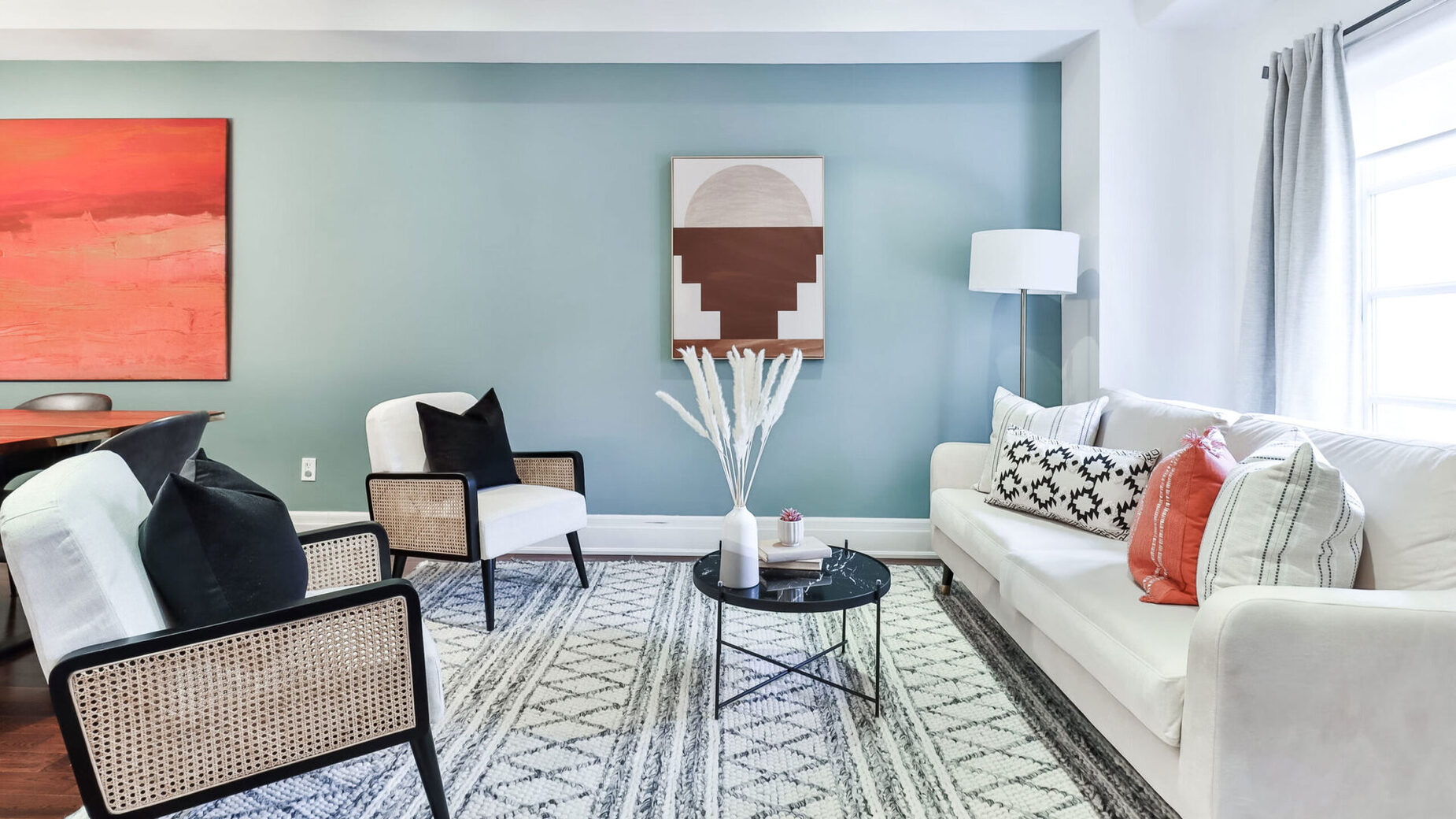
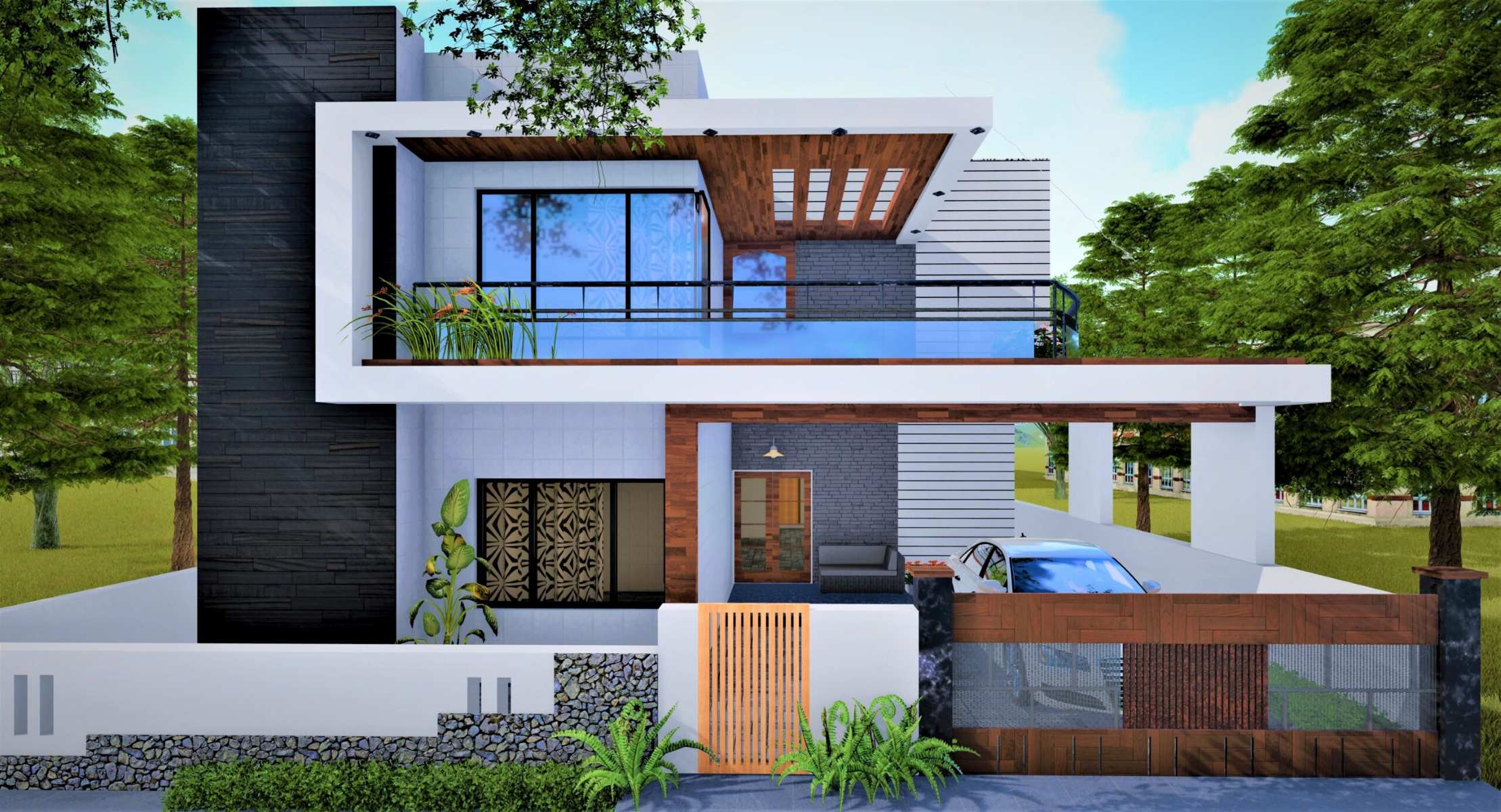
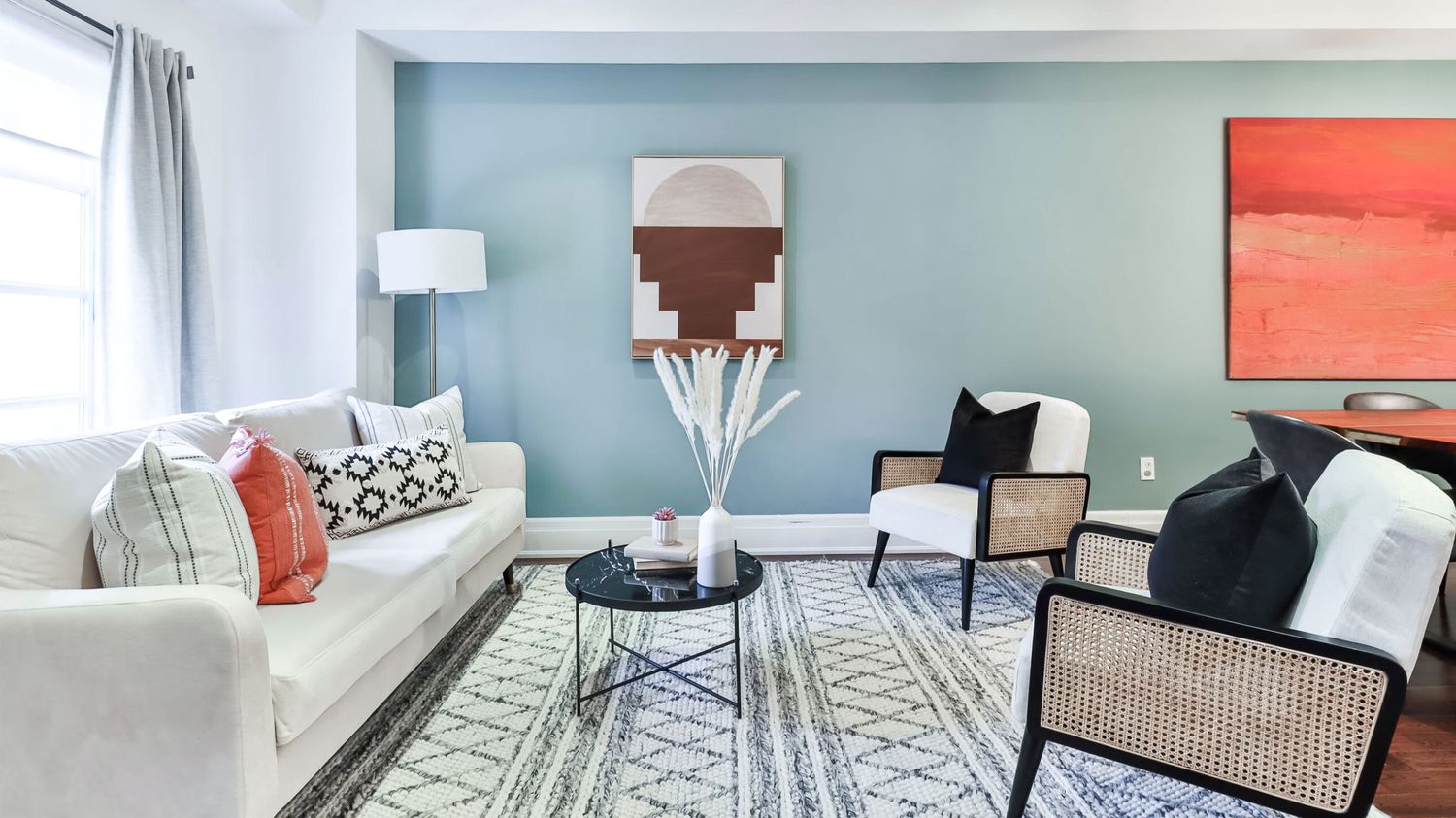
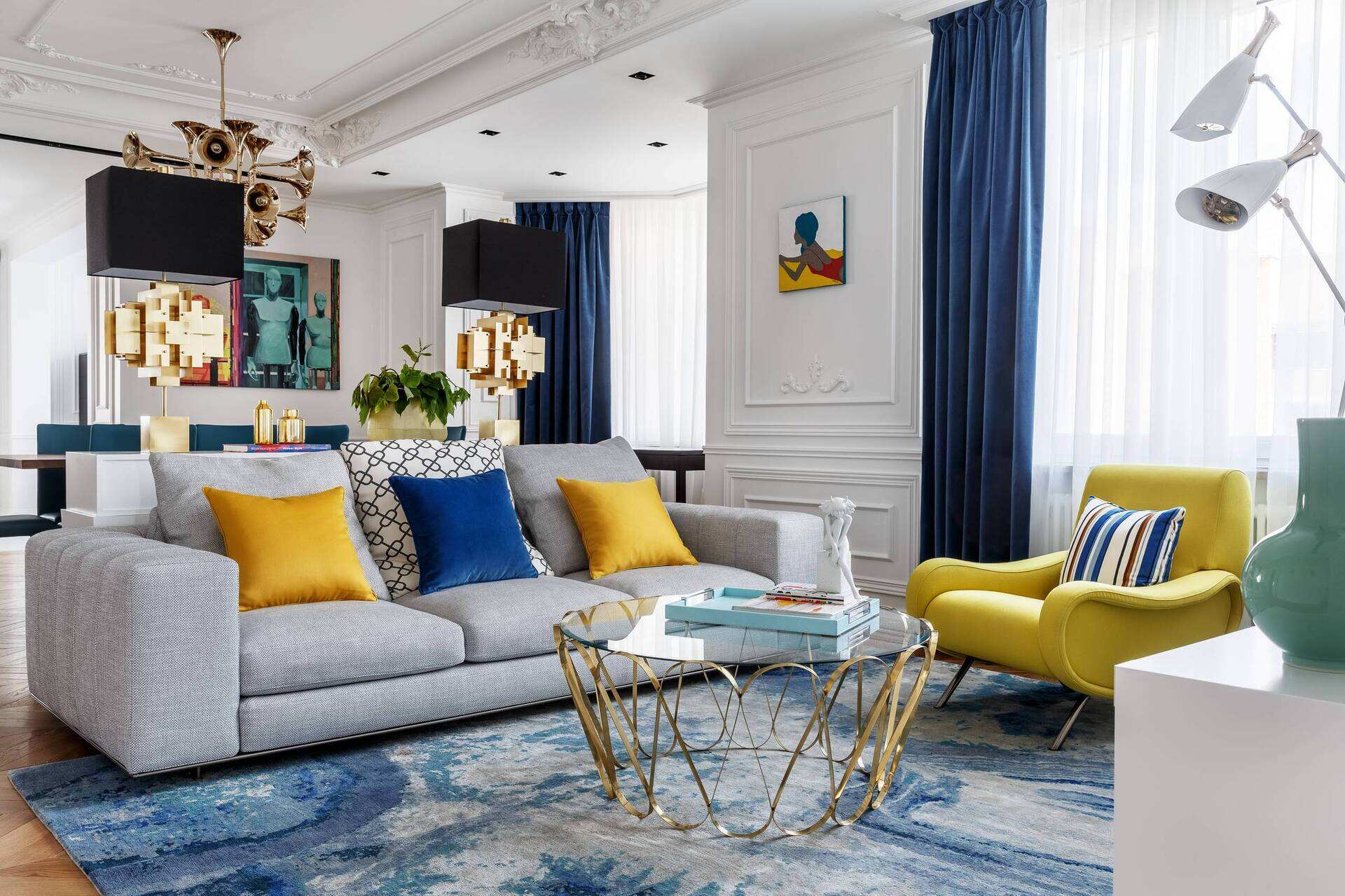
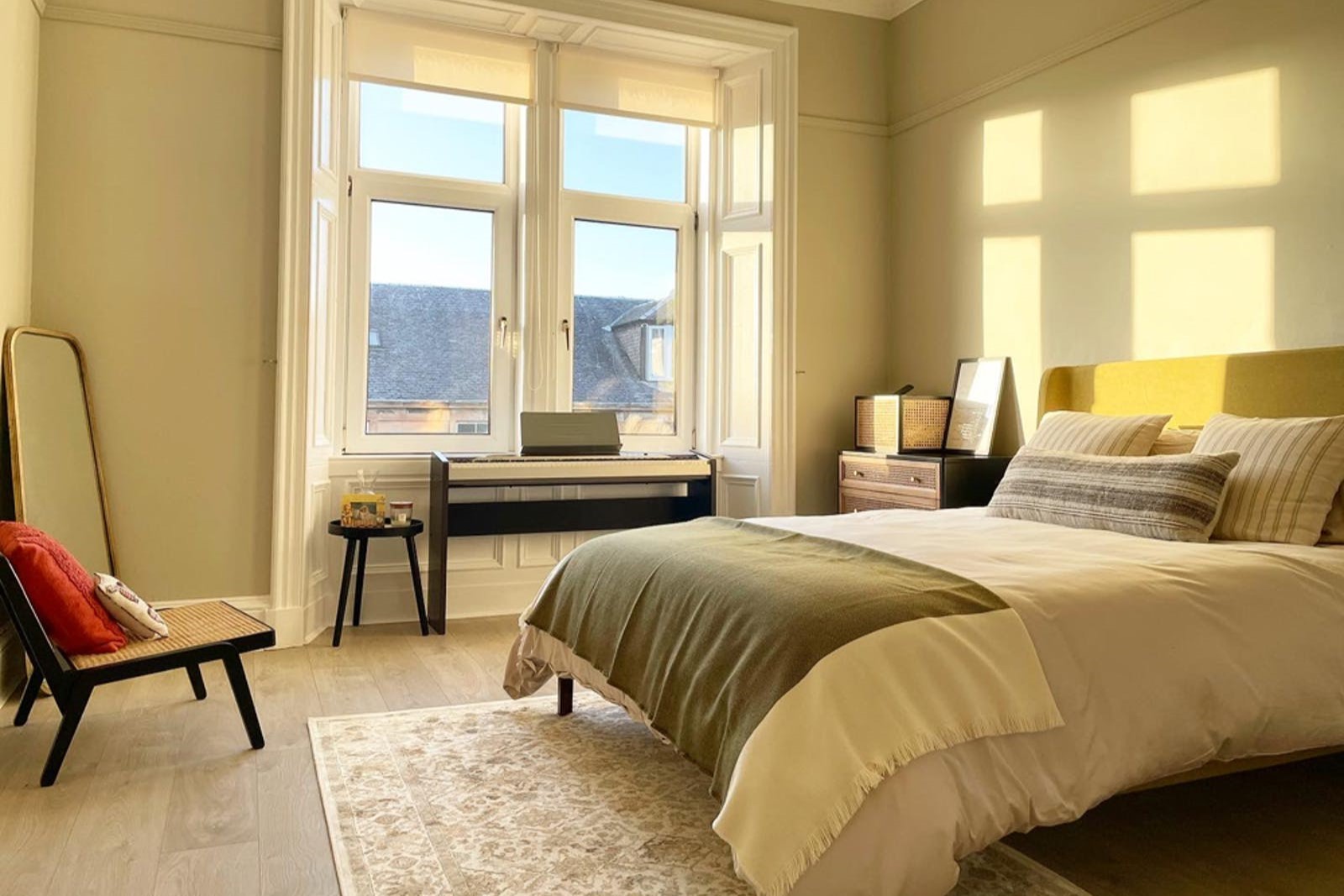
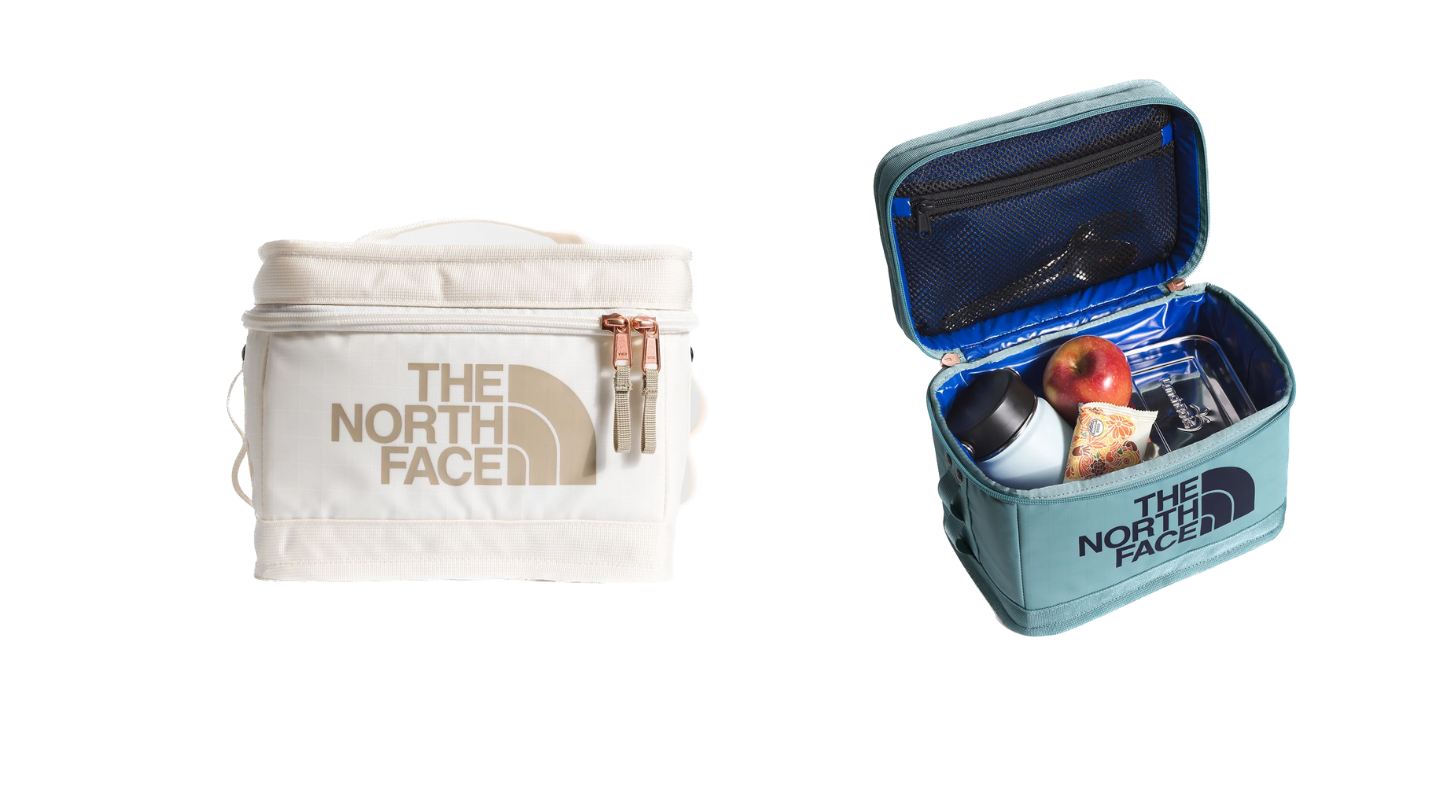
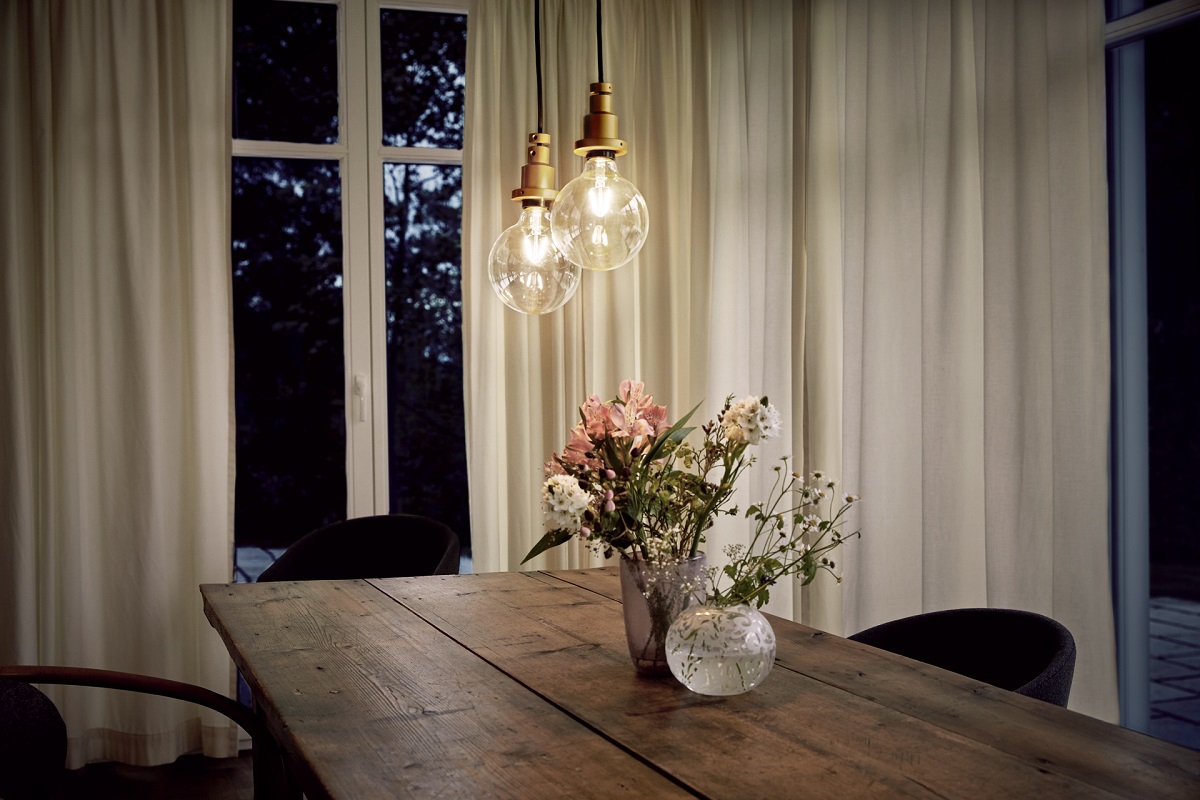
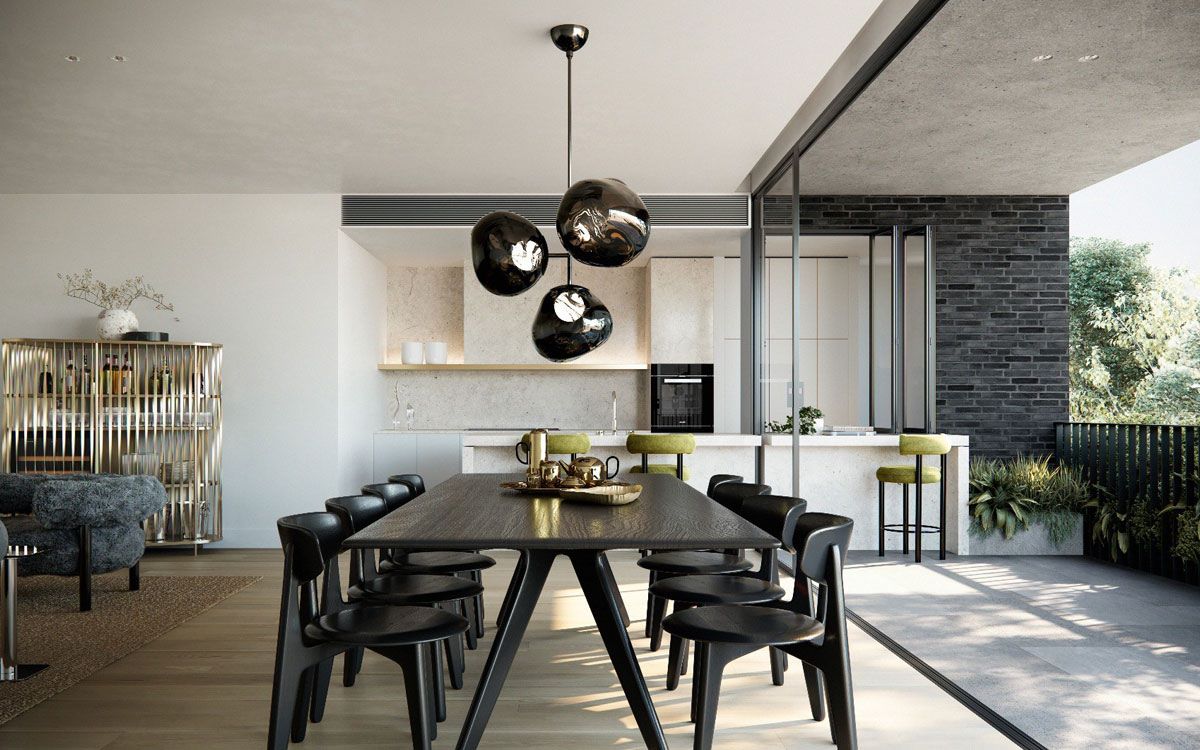
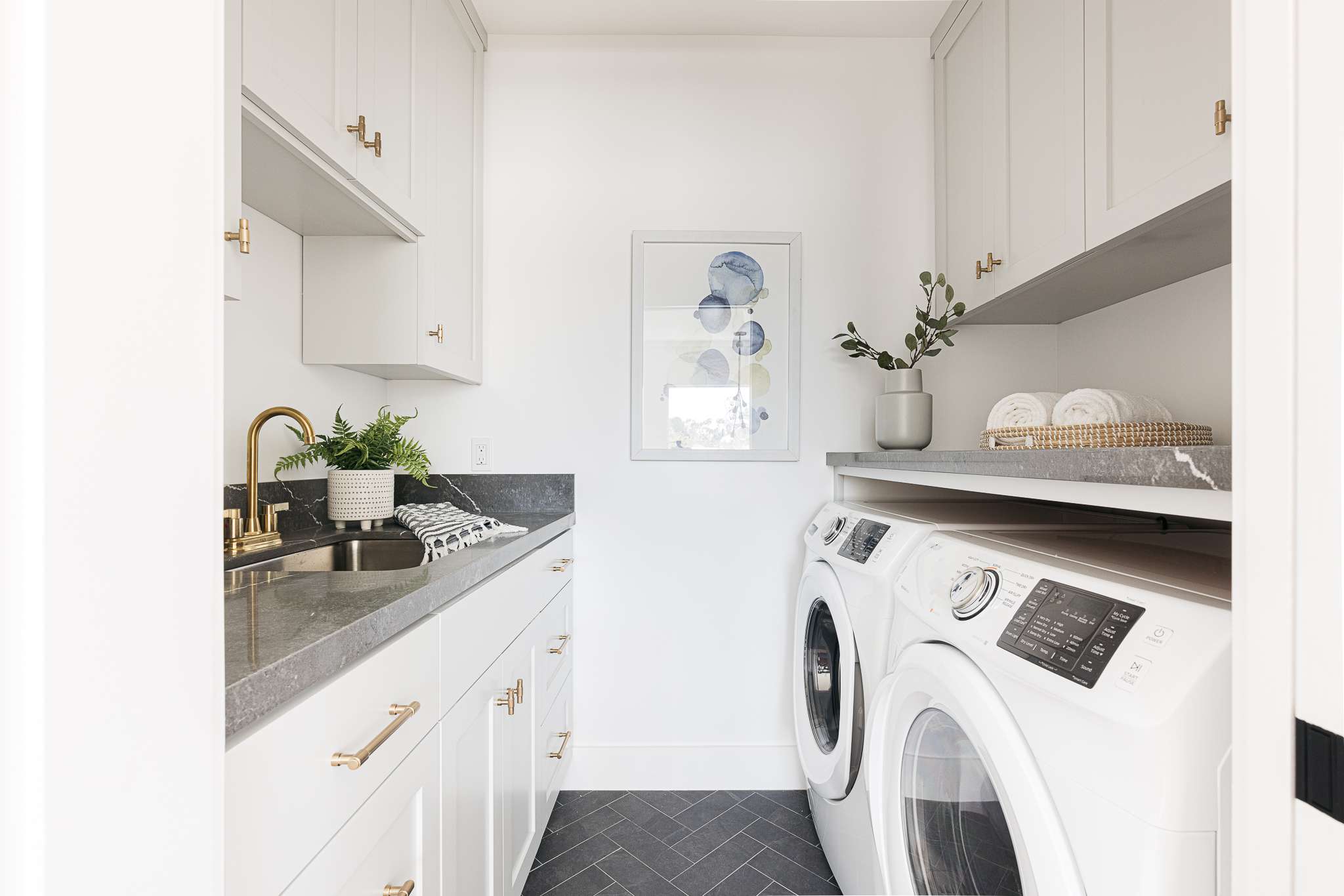

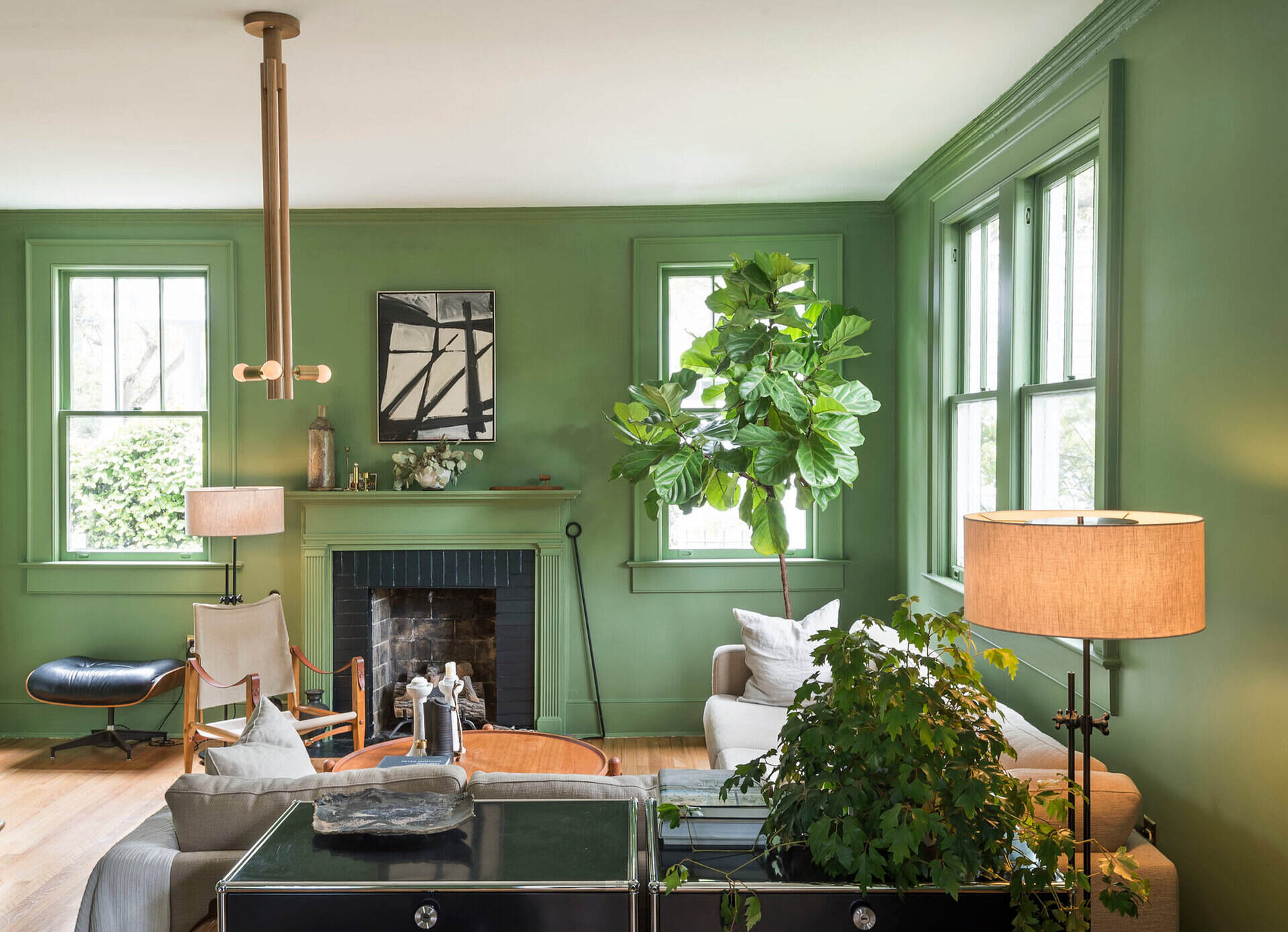
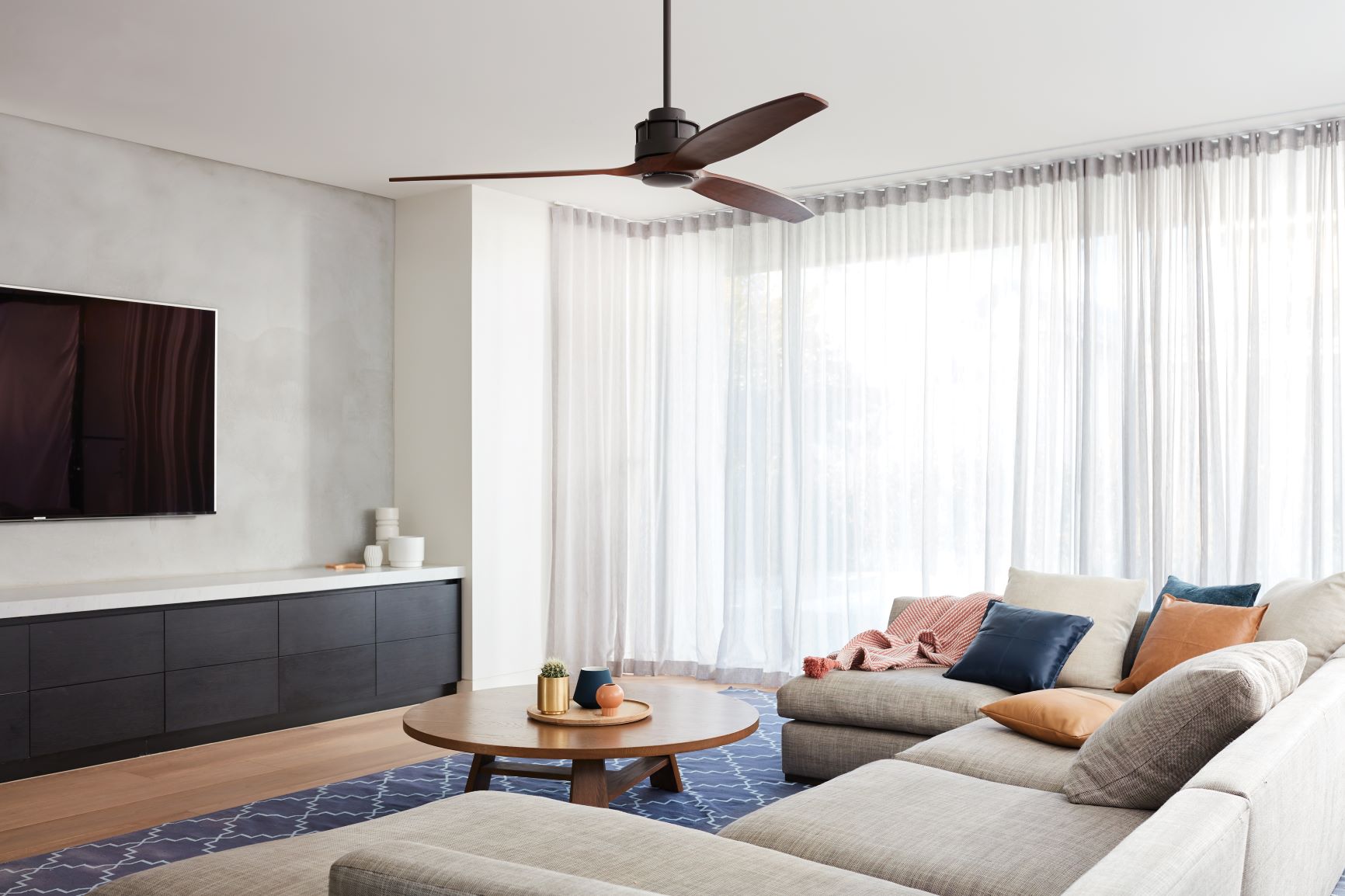
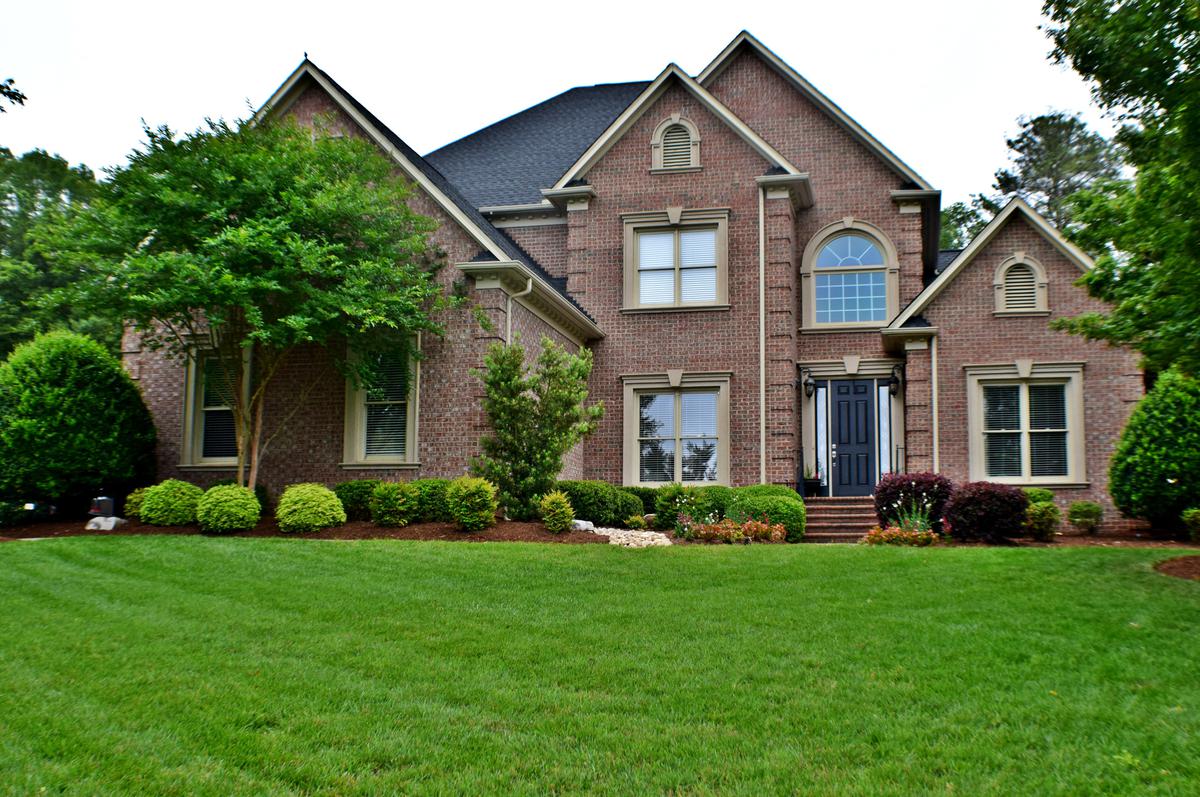

0 thoughts on “What Are The Best Colors For North-facing Rooms”